The Truth About Snake Eye Piercing Pain Level: Expert Insights
Being the Iron (wo)man with a snake eye piercing is not snakes and ladders, but steady dedication towards proper healing. Here is how much you have to endure on the go!
On Dec 27, 2023 – 8 minutes read
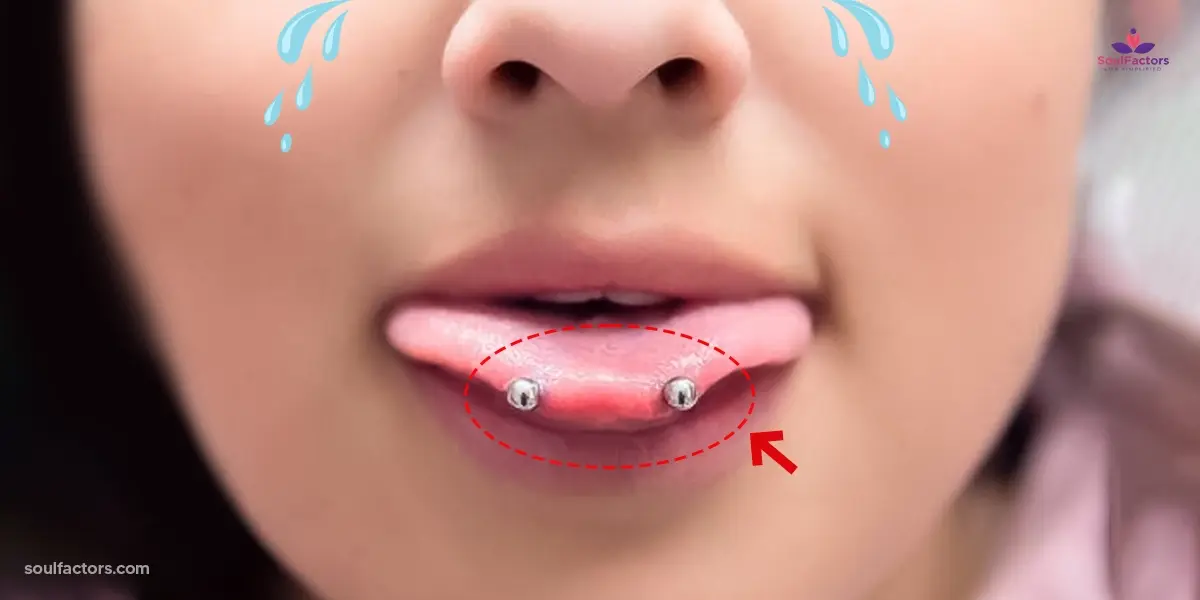
Getting a piercing isn’t for everyone. It requires courage, a rebellious spirit, and heaps of attitude (perhaps even more so than tattoos). While tattoos may appeal to the artistic crowd, piercings seem to attract those with hearts of iron. Although some intricate tattoos, such as phoenix or koi fish designs, involve significant pain, piercings can take it a few notches higher. And it’s not just about the physical discomfort (although let’s be honest, snake eye piercing pain level is no joke – imagine a sharp jab to the tongue with a double whammy!). Piercings can also offer health benefits if done in certain locations.
Oral piercings have a unique allure in that they are sneaky. They can be left hidden when you want them to, though it depends on the shape of your tongue and the placement of the tongue piercing. Double tongue piercings like Venom piercing, frog eye piercing, snake eye piercing, etc. are even more rebellious because there are two showy points.
What Is Snake Eye Piercings?
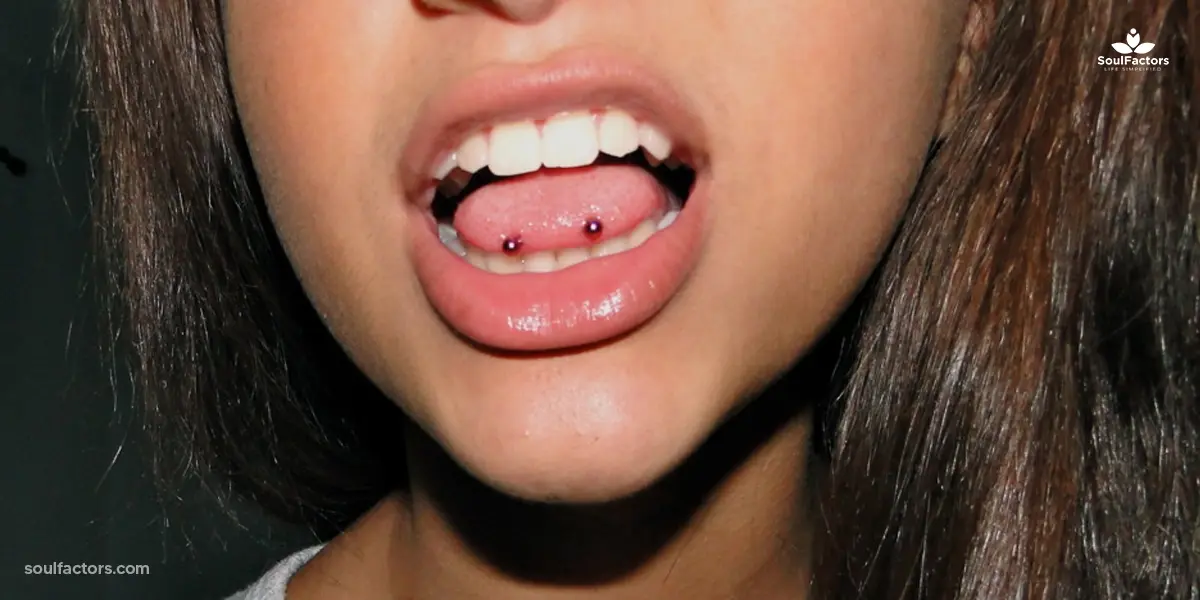
Snake eye piercings are unique tongue piercings that go on the tip of your tongue, and not your lips like the snake bite piercing. Snake eye piercings are double tongue piercings placed facing outwards unlike having them facing up on the tongue to make it look like a snake is hiding in your mouth which is peeking out. They resemble two studs but are one piece, the choice of jewelry thus being the barbell.
Factors Affecting Snake Eye Piercing Pain Level
The pain threshold of each person is different. But there are some common factors that cause the person to have a heightened snake eye piercing pain level. They are psychological, physiological, and external.
Psychological Factors
Individuals experiencing high levels of stress and anxiety may find that their snake eye piercing pain levels are heightened compared to others. Feeling reassured about the piercer and being in a relaxed and secure environment can positively impact the pain levels associated with snake eye piercings. Additionally, those who have endured traumatic experiences in the past may have a heightened sensitivity to pain, which could affect their snake eye piercing pain levels. It’s essential to recognize that pain levels can fluctuate throughout the snake eyes piercing healing stages.
Physiological Factors
Snake eye piercing pain levels are higher in people who are sedentary, as the general rule is that athletic people have greater pain endurance. Those who suffer from nervous problems, spinal cord issues, and diabetes experience pain at a different level. Genetics also play a vital role in determining the pain threshold of a person. A study published in the Journal of the American Dental Association in 2009 points out that redheads experience more pain because of the mutation in genes. Age is another factor that affects snake eye piercing pain levels as younger people have lower pain thresholds than older people. Chronic illnesses can also change your pain thresholds.
External Factors
The skill of the piercer, while he or she is piercing can also determine the fluctuations in snake eye piercing pain level. A study published in ‘Neuroscience Letters’ in December 2009 points out that women are more sensitive to pain than men but their ability to tolerate the pain intensity was equal. Evolutionary studies point out that women can tolerate pain better though men act tough. The pain threshold of men is supposed to be higher according to many clinical studies. Social isolation also decreases your pain tolerance level.
Pain During The Process
Snake eye piercing pain levels after years may not be a cause of concern unless you snag the jewelry. But during the piercing process, you are bound to experience pain which can be rated as a 3-5 out of 10, where 10 is the highest. Again this depends on your pain threshold.
Pain After Snake Eye Piercing
Pain after snake eye piercing comes from the swelling and bruising of the tongue. For the first few days, you are supposed to keep your mouth squeaky clean. But if in case your toothbrush snags at the snake eye-piercing jewelry, then it may cause bruising and bleeding. If the jewelry is moved while eating, brushing, etc. it may cause bruising which will cause pain almost like how you felt while getting your tongue pierced but lower by one or two degrees.
Swelling is a natural part of the healing process, but infections can exacerbate it, leading to severe discomfort where tongue movement becomes restricted. To alleviate swelling and prevent infections, it’s recommended to use a saline solution or a mixture of tepid warm water and rock salt, as advised by your piercer.
During the initial month, you may encounter pain while eating, particularly with hard foods, which should be avoided. Opting for soft foods like baby food, which require minimal oral processing, can help alleviate discomfort. Spicy foods should also be avoided as they can exacerbate pain. Proper oral hygiene is crucial after meals to prevent infections, as food debris buildup can create a breeding ground for bacteria.
Until the piercing has fully healed, kissing is not recommended, as it may disrupt the jewelry placement and cause bruising or tears. Similarly, avoid fiddling with the jewelry, as this can dislodge it and lead to discomfort. Be mindful that touching the jewelry with unclean hands can introduce bacteria to the piercing site, increasing the risk of infection.
Before opting for a snake eyes piercing, it’s essential to weigh the snake eyes piercing pros and cons. While this type of piercing can enhance your appearance and allow for unique self-expression, it also comes with potential risks, such as swelling, pain, and the risk of infection. It’s important to carefully consider these factors and consult with a professional piercer to ensure it’s the right choice for you.
Because of the proximity of the snake eye piercing to your tongue and teeth, the piercing may keep knocking at the teeth and gums which can cause some pain there as well. This can lead to the rejection of the piercing, which is to say the piercing won’t heal or the hole will look different.
Comparing Snake Eye Piercing Pain With Other Piercing
Snake eye piercing is practically one piercing- hence will hurt less than other oral piercings like snake bite piercing, venom piercings, frog eye piercing, etc. which require two separate piercings. We all know that piercing hurts. Tongue piercing hurts a lot because of the numerous nerve endings on the tongue. But snake eye piercing is just one horizontal piercing. As already mentioned, the severity of pain one experiences varies according to each one’s pain threshold.
Snake Eye Piercing Pain Management Tips

Snake eye piercing, like any other oral piercing, can be quite painful. Expect swelling and discomfort for about a month following the piercing, with complete healing taking two to three months. During this time, you’ll need to be cautious to avoid complications such as infection, chafing, bruising, and rejection. Minimizing pain is key, and this can be achieved by preventing infection through proper care.
Maintaining oral hygiene is crucial; consider rinsing your mouth with an antibacterial mouthwash or saline solution upon waking up, after eating, or after consuming anything other than water. Avoiding smoking, alcohol, and hard or spicy foods can aid the healing process.
If you notice even the slightest sign of infection, promptly seek assistance from your piercer or a healthcare professional. Antibiotics may be necessary to treat the infection, and if advised by a professional, removal of the piercing jewelry may be required.
Risks And Complications Associated With Snake Eye Piercing
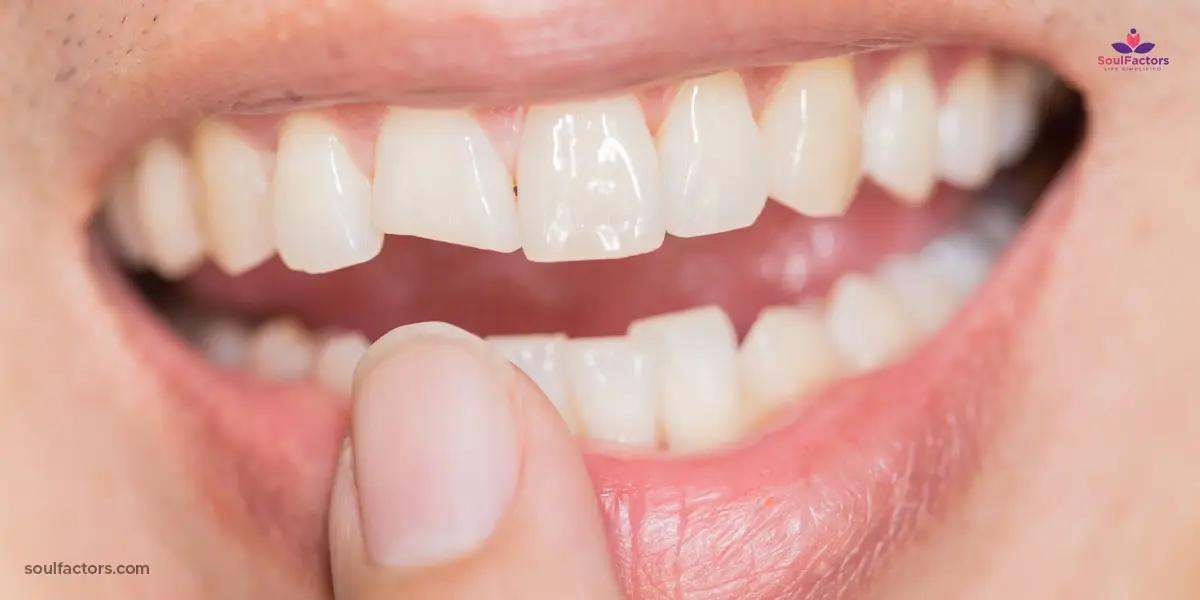
The primary concern with snake eye piercing is the risk of infection, which can exacerbate swelling during the healing process. Poor dental hygiene practices can heighten this risk, making oral piercings, particularly snake eye piercings, ill-advised for those lacking in proper hygiene routines.
Due to the horizontal nature of the piercing, there is a risk of chipping or breaking teeth from contact with the jewelry. Continuous knocking and rubbing against the teeth can lead to irritation, soreness, and bruising on the tongue.
If the piercing hasn’t healed properly or if there are visible changes in the piercing site, rejection may occur. Extra caution is necessary during activities such as eating, brushing teeth, and speaking, as tears and bruising are common, especially during the initial two months of healing. Swelling and potential immobilization of the tongue are also risks during this period.
Consuming hard, solid foods and engaging in kissing are discouraged initially to prevent snagging the jewelry and minimize infection risks.
Long-term wear of a snake eye piercing, such as over a decade, may lead to weakening of tongue muscles and nerve damage, posing additional risks.
Pearls Of Wisdom
Experts suggest that you do ample research before giving your body for piercing, – go to a trusted place and person! If you are anyone like me who is too lazy to brush after that bar of chocolate, think twice about snake eye piercing. It’s a huge responsibility and insanely stylish. Either slay it or stay away from it. See what suits you!!!
FAQ
Yes, though it depends on your pain threshold and how much pain you will experience.
The most painful piercings are genital piercing, nipple piercing, and tongue piercing.
Yes, but you may want to stick to soft, bland food so that you do not agitate the pierced area.
Every piercing will be painful, but ear piercing is supposed to have the least pain.
Your snake eye piercing may hurt on one side after months due to possible infection, irritation, or improper healing.
There’s a minimal risk of paralysis associated with snake eye piercing, primarily due to nerve damage.

Subscribe to Newsletter
Elevate your routine, stay on trend, and embrace a personalized beauty journey with our curated insights.


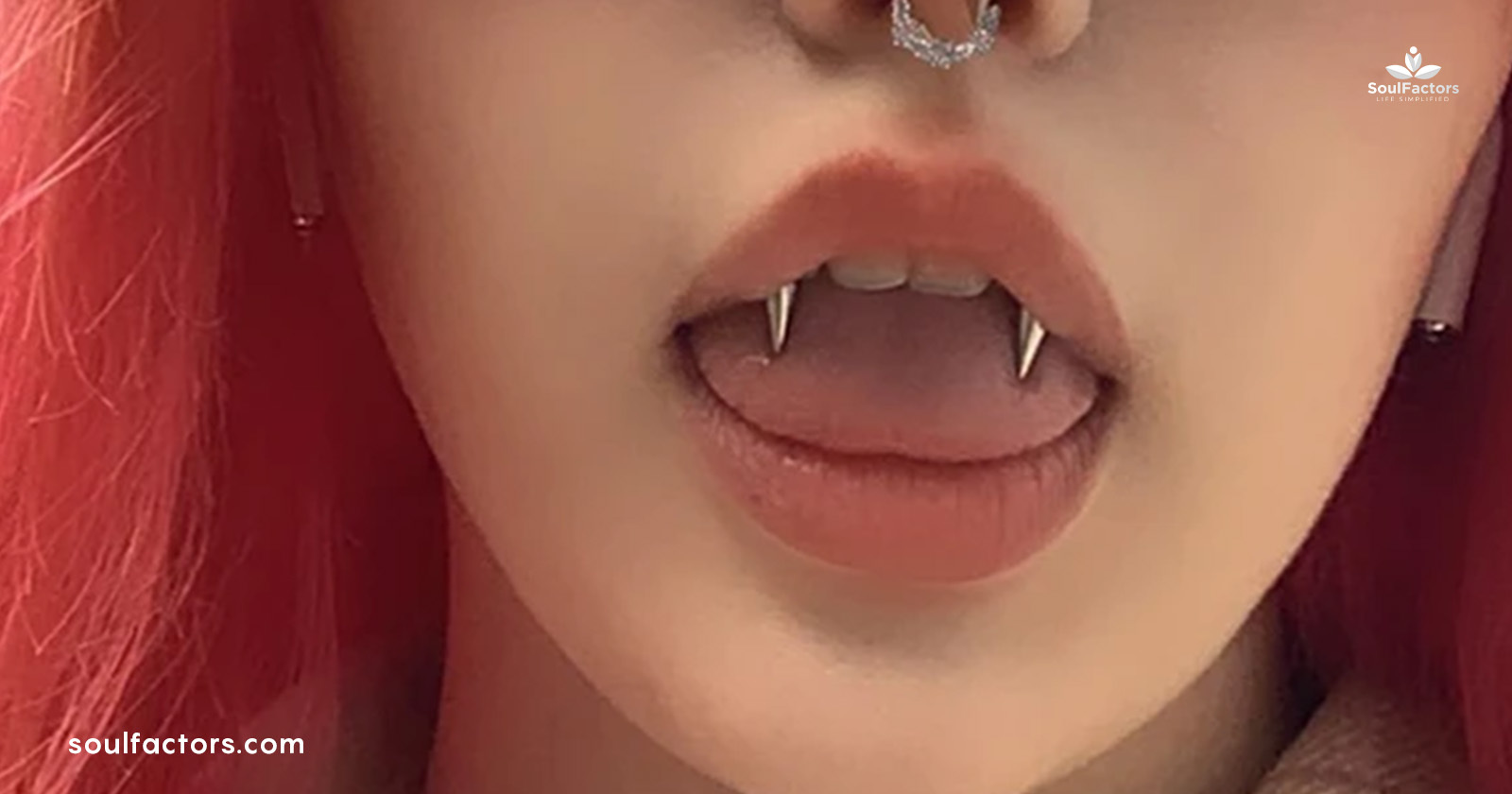
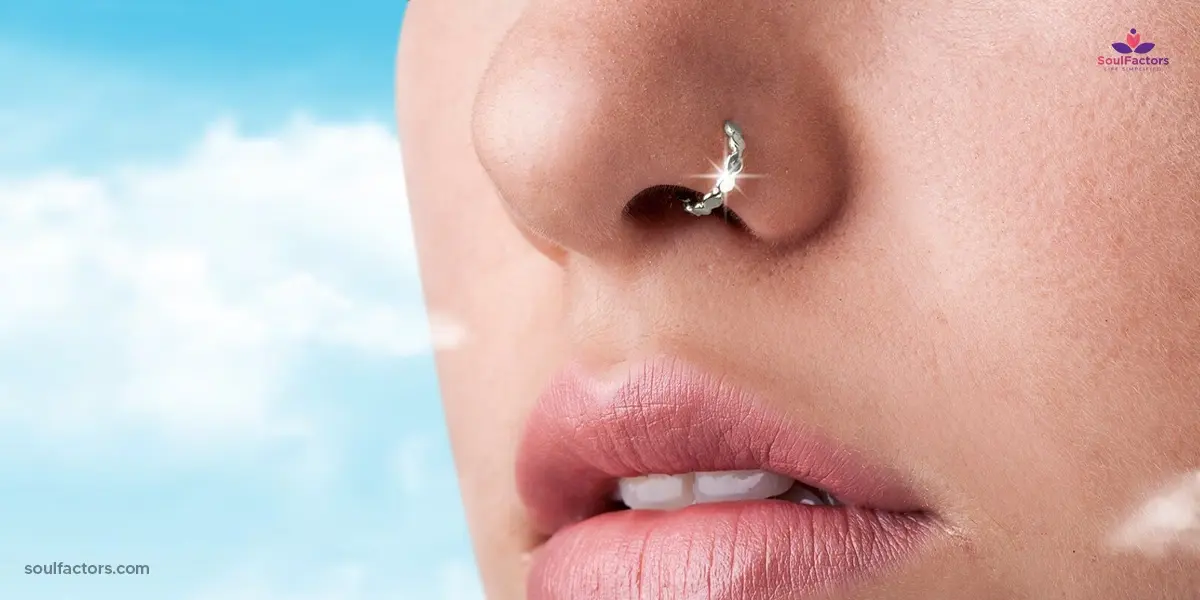
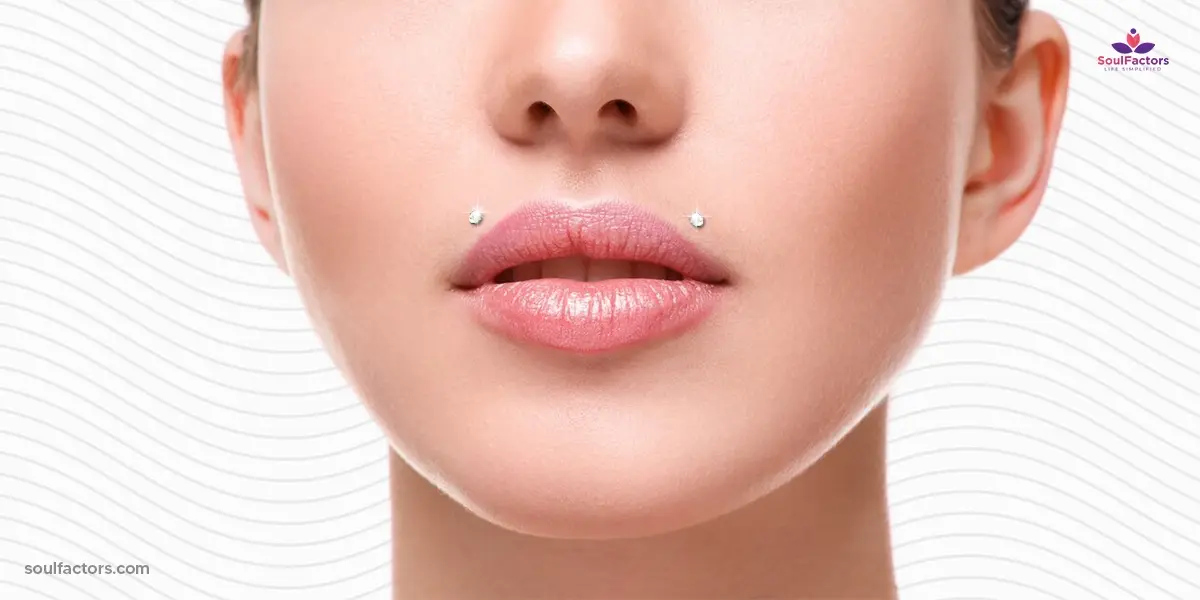
Write a Comment